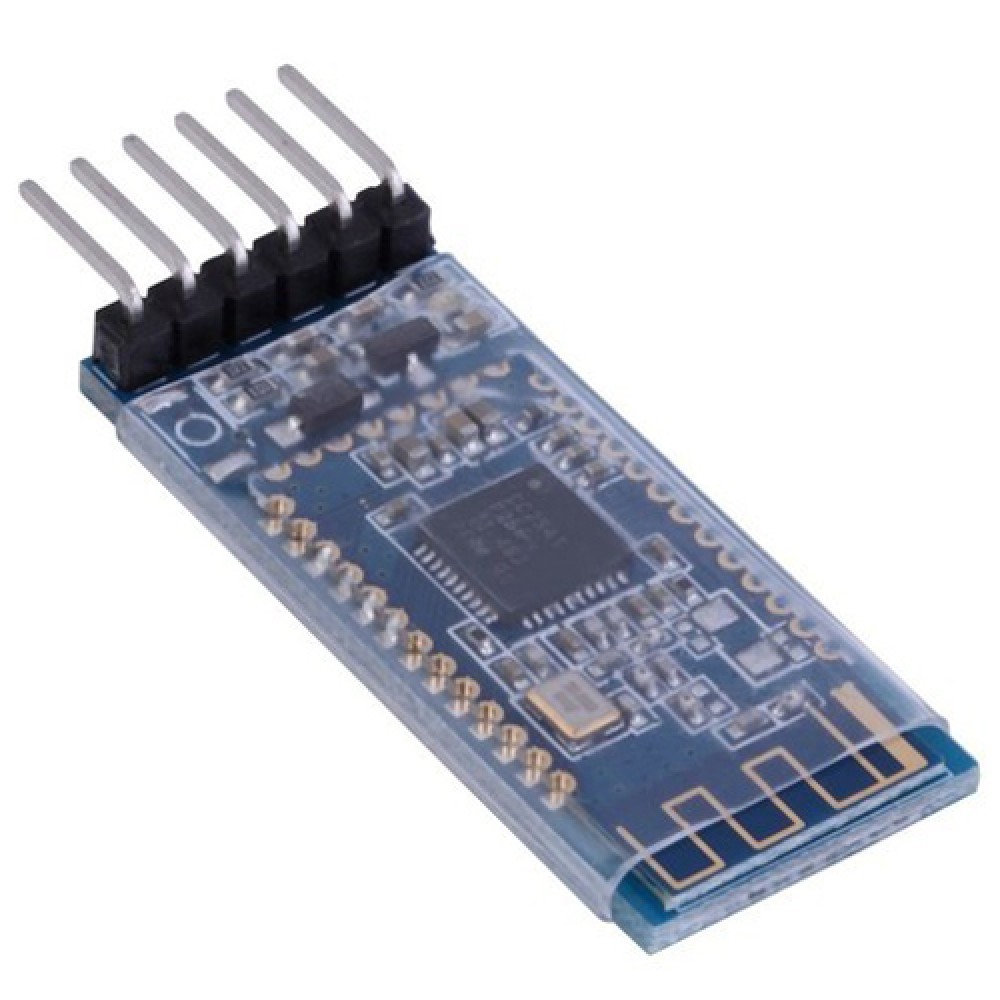

- #Long range bluetooth module for raspberry pi how to#
- #Long range bluetooth module for raspberry pi install#
- #Long range bluetooth module for raspberry pi windows#
#Long range bluetooth module for raspberry pi install#
Sudo apt-get install libusb-dev libdbus-1-dev libglib2.0-dev libudev-dev libical-dev libreadline-devĪre now ready to compile the bluez package: We need at this point to make sure all the necessary libraries for running the bluetooth stack: Subsequently, we uncompress the package by: Then, go back to the Terminal on the Raspberry Pi and remembering to change X.XX for the latest version we find we enter: At the time of this writing the latest version is 5.34! To do this, navigate to the official website and look for the package bluez-X.XX.tar.xz where X.XX is the version. Next, we have to determine what's the latest version available. If you're not sure if you have it installed, go ahead and do this step anyway: In case you have it already installed, go ahead and remove it. # Do NOT do this -> sudo apt-get install bluez It is a very old version and doesn't work very well. You can build and install a more modern version as described below.Īfter the system is up and running open up the Terminal program and a browser window, then start following the commands.įirst, do not, I repeat, do NOT use the version available through aptitude. The bluez package is quite old and has patchy support for Low Energy. We describe in detail the steps you'll need to get your Raspberry Pi ready to start using Bluetooth LE.īy default, the Raspbian distribution comes without a Bluetooth stack. Whether you want to read the number of steps from your fitbit, or your heart rate from your iWatch, or read/write any type of data from/to BLE devices, this guide should help you along the way.Ĭurrently, Bluetooth Low Energy (BLE) is not well supported by the standard Raspberry Pi distributions, thus some additional work is required to get it working. The goal of this Instructable is to demonstrate how you can setup your Raspberry Pi to read and write data from Bluetooth Low Energy (BLE) devices nearby. This latest version of the protocol is not compatible with its predecessor (Bluetooth classic), as an upside, long gone are the days where pairing devices was necessary! This communication protocol is designed for applications where data needs to be transferred in small amounts at relatively low speed while consuming low amounts of power (e.g., heart rate monitor, step counter, wireless keyboard). The best I could find was a 2in1 (with wifi) but still cant tell if it will handle those walls better, the only way to find out is reading reviews.Bluetooth Low Energy (aka BLE/Bluetooth 4.0/Bluetooth Smart) is the most recent incarnation of Bluetooth technology developed by the Bluetooth SIG (the organization that maintains the specification).
#Long range bluetooth module for raspberry pi windows#
On my windows machine it can go through a single brick wall in total its like 7 Meters. Im pretty sure any Modern Bluetooth adapter would be better then what the pi comes with (Modern aka Bluetooth V4.0+)

However - this is worth keeping in mind if you decide to purchase a BT dongle. A quick search in an effort to learn if the RPi BT hardware is class 1 yielded nothing. SO Q&A: Change Tx Bluetooth Linux No Effect has an answer that states that according to BT specs: only class 1 devices can change the transmitting power level by software. The bccmd command is a default install on my RPi 4.
#Long range bluetooth module for raspberry pi how to#
Linux SE Q&A: How to set Bluetooth transmit power? has some ideas & avenues for additional research, but is years old now. I have not tried this, so proceed at your own risk. There is also a possibility you may be able to change the transmit power from the command line. But if you can put any antenna a little higher (on a shelf, mounted high on the wall or ceiling) it will reduce RF path loss, and thereby improve range performance. This is due to RF-propagation and laws-of-physics reasons unrelated to Raspberry Pi. The other thing that will help is elevation. Bluetooth shares an antenna with WiFi, and for this reason Bluetooth on a USB dongle may have better range performance than the in-built BT antenna.


 0 kommentar(er)
0 kommentar(er)
